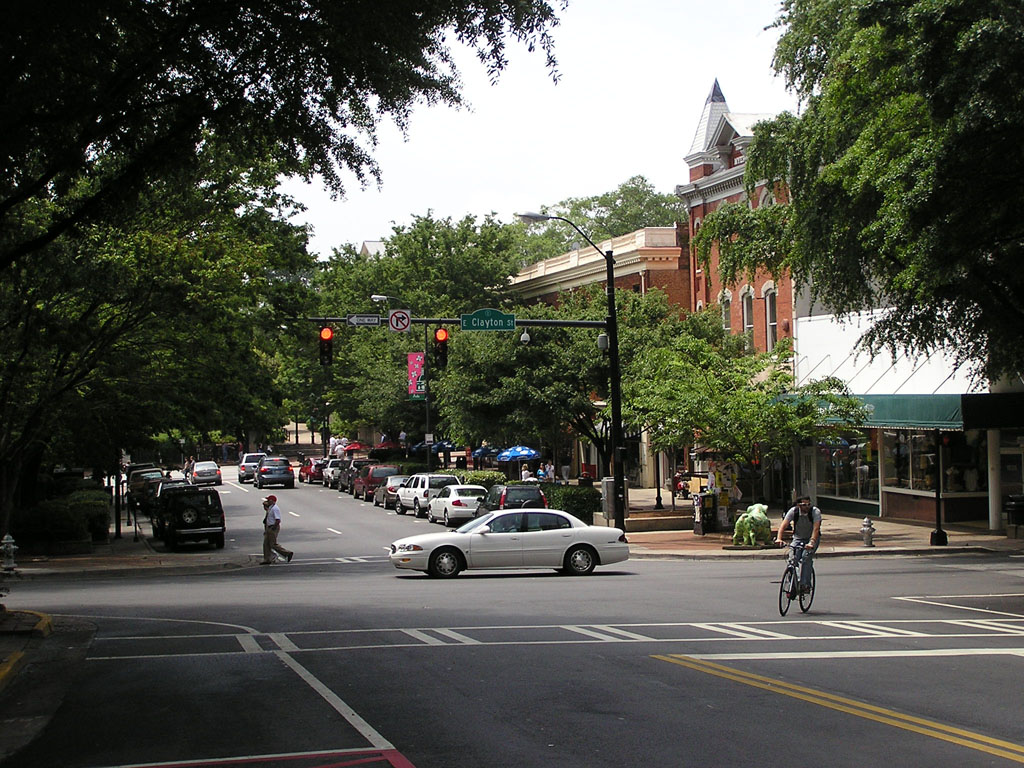https://www.youtube.com/watch?v=zc40EPd-MzQ
Buster Keaton’s 1925 silent comedy Seven Chances contains a remarkable transition — Keaton gets into a car and the setting dissolves into his destination. The car never moves. In 1964 interviewer Kevin Brownlow asked how this was done:
KEATON: Now that automobile’s got to be exactly the same distance, the same height and everything, to make that work, because the scene overlaps but I don’t.
BROWNLOW: Now, what about lighting on it?
KEATON: Standard lighting.
BROWNLOW: It was interior.
KEATON: No, all exterior.
BROWNLOW: If it was standard lighting and the sun wasn’t in the right place, the shadows would …
KEATON: We made sure of that, same time of day so the shadows would [be in the same place]. But for that baby, we used surveying instruments, so that the front part of the car would be the same distance from [the camera], the whole shooting match.
Keaton was also rumored to have relied on surveyors’ tools in 1924’s Sherlock Jr., but he said it wasn’t so. “Every cameraman in the picture business went and saw that picture more than once, trying to figure out how in hell we did some of that. Oh, there were some great shots in that baby!”
(From Kevin W. Sweeney, ed., Buster Keaton Interviews, 2007.)








